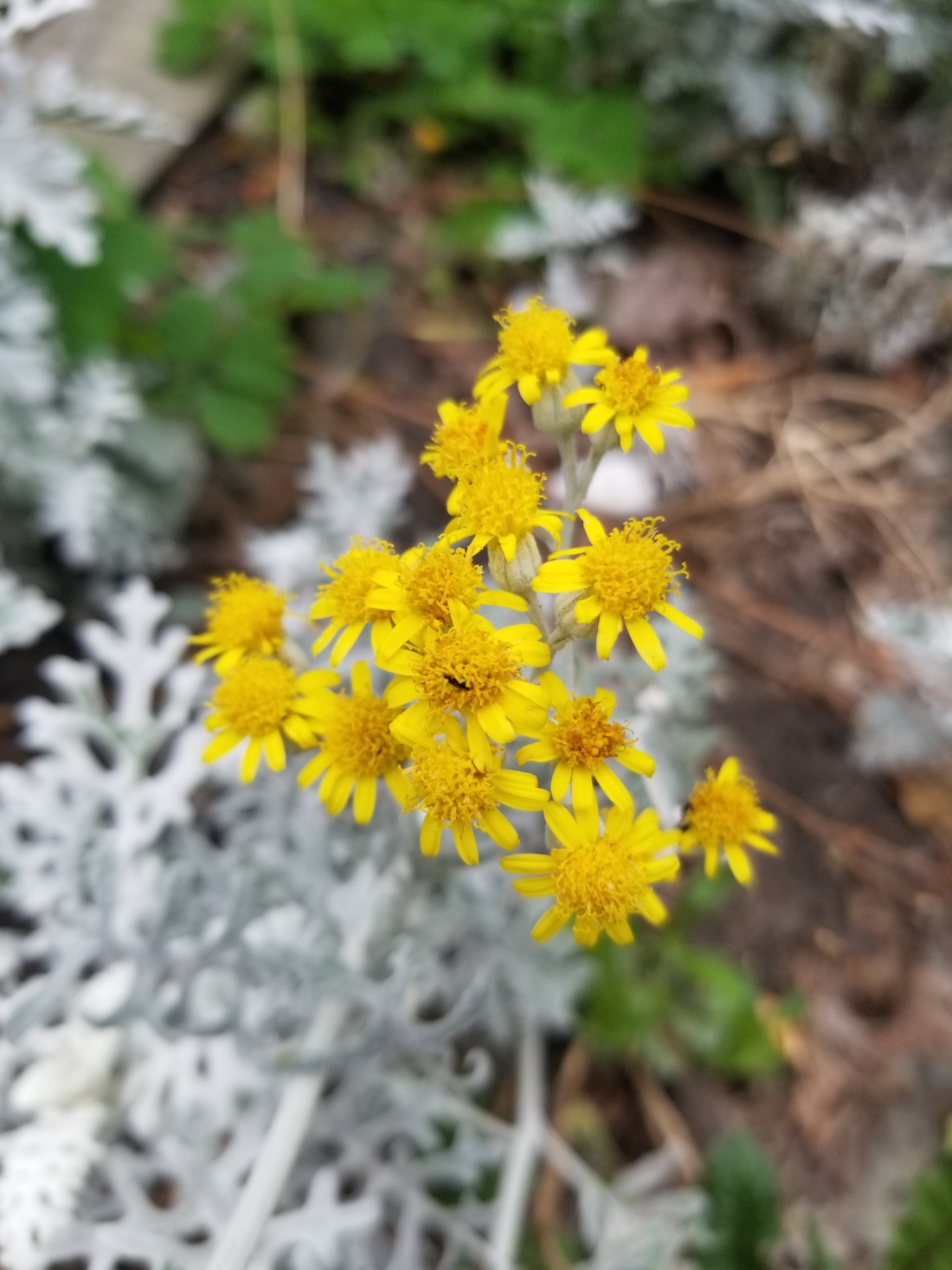I wondered which of the places we would be visiting would allow us to take pictures. Before I left Pittsburgh, everyone said “Make sure you take a lot of pictures!” and asked to see them as soon as I return. When we arrived at Gesia Cemetery this morning I realized that we were allowed to take pictures. I thought to myself how great it would be to share this with individuals back home so they could also experience such a moving place. At first I was relieved knowing that I would be able to share this part of my trip, but after being there for several minutes, I began to worry. I wasn’t sure what to take a picture of. There was plenty there to capture, including beautifully carved stone and the fascinating way nature continued to grow around what man had placed there. I saw a million pictures run through my mind, pictures of what I was witnessing and experiencing. They would all make great shots, and I envisioned myself explaining what was in them to my wife and other family members back home. But I couldn’t bring myself to take a single picture. Each time I would consider taking one I would think to myself “Why this individual’s tombstone, why not the one next to it?”. There were certainly unique views, between the way the graves were arranged, the stones that were placed upon them, and the way nature continued to thrive around them. I kept telling myself I would wait to take a picture until it was the right time, but that time never came.

As we got further into the cemetery we learned that some of the stones included images of broken tree limbs (symbolizing the death of someone young). I noticed some of the stones were broken and cracked. We heard about the horrors these people faced. I began to feel hopeless and wondered how people could still have hope after knowing what happened to their loved ones. How anyone could feel hopeful knowing what happened during the Holocaust? I felt overwhelming sadness and emptiness. Then we came upon the marker for Ludwik Zamenhof. We were told of his creation of Esperanto in hopes of everyone understanding each other and eliminating war. I’ve always believed that connection is the most important thing in this world, and this idea of Esperanto allowing us to all feel heard and understood warmed my heart. I began to feel excited that someone else believed the same thing. It allowed me to recognize the importance of sharing what I was witnessing with my wife, family, and students and colleagues back home. I ended up taking one picture today: flowers that were growing next to Zamenhof’s tombstone.
